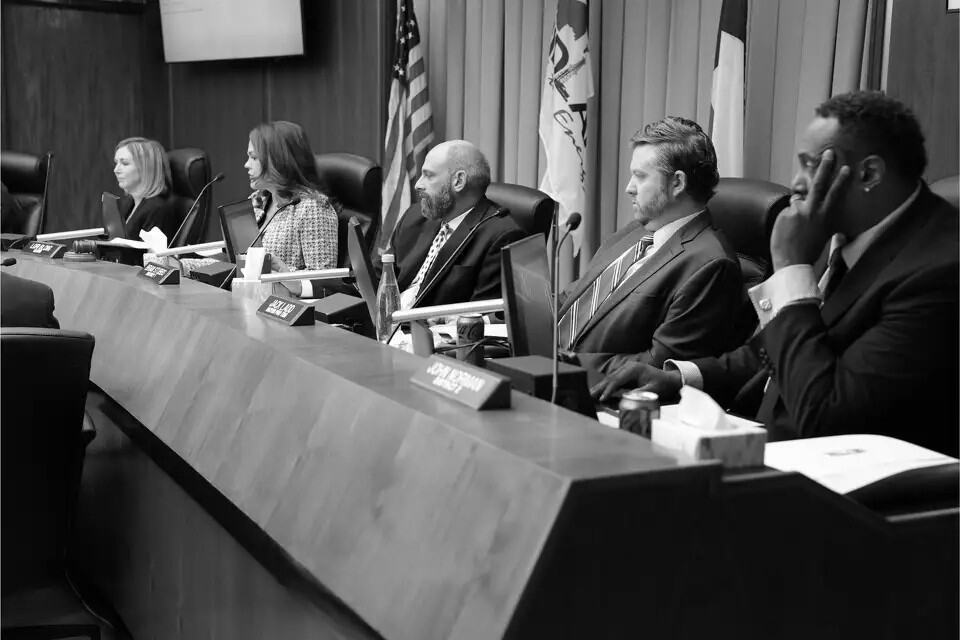Drawing on the 2018 ICMA Form of Government survey, the authors analyzed responses from 4,109 municipalities, ranging from major metros to towns of a few thousand residents. They built a simple three-point index of “local legislative professionalism”: (1) Do council members receive a salary or stipend? (2) Does the council employ its own staff? (3) Does it meet more than once a month? Each “yes” scores one point, producing four categories from “citizen” (0) to “professional” (3).
On the raw inputs, councils look more substantial than the stereotype suggests. Fully 84 percent pay at least a modest salary and the same share report dedicated staff, averaging 3.8 full-time and 2.6 part-time employees. Meeting calendars are also busy: nearly two-thirds convene at least twice a month, with only one percent gathering less than monthly. When the authors combine the metrics, the single largest group is “hybrid-professional,” followed by “hybrid-citizen,” while truly “professional” and “citizen” councils sit at the tails of the distribution.
In practical terms, most American councils occupy a middle ground—neither amateur volunteer boards nor congressional look-alikes. That nuance matters for reformers. Larger cities, places with lower median incomes, and mayor–council governments are somewhat likelier to land in the more professional tiers, but every state in the sample includes examples of each type. The takeaway: capacity varies, yet it is rarely absent.
Critics might point to survey self-selection or the coarse three-item index. Cooper and Rimes acknowledge both limits, yet the patterns they uncover align with earlier case studies and with evidence that councils increasingly view themselves as policy initiators, not ceremonial bodies. Even if the precise scores shift with better data, the broad finding stands—most councils command tangible resources.
For city leaders this means blanket claims that “councils aren’t professional enough” do not hold water. Instead of assuming incapacity and routing complex issues straight to appointed managers, mayors and administrators should assess their council’s actual assets—salaries, staff and schedule—then calibrate collaboration accordingly. Where gaps remain, targeted investments in research assistance or stipend adjustments will likely yield quicker returns than wholesale structural change.
In short, America’s local legislators are more prepared than many assume. Recognizing that fact is the first step toward harnessing, rather than bypassing, the democratic potential sitting on the dais.
